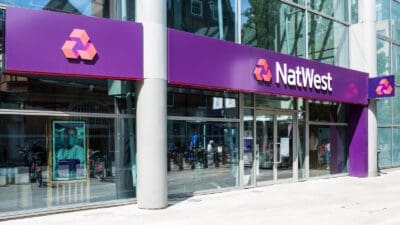Over the last 10 years, Lloyds Banking Group (LSE: LLOY) has worked hard to rebuild its reputation as a low-risk income stock.
In this piece, I’ll give my verdict on today’s 2018 results and explain whether I’d buy the bank’s stock.
A solid performance
The bank’s after-tax profits rose by 24% to £4.4bn last year, while revenue rose by 2% to £17.8bn.
Lending growth slowed and both mortgage and credit card lending was broadly unchanged last year. However, lending to small- and medium-sized businesses grew, as did motor finance. The group also reported a sharp increase in loans to wealthy customers.
Much more profitable
When profits rise faster than revenue, it normally means a company’s profit margins have improved. That’s what’s happened here. Lloyds’ net interest margin — a measure of lending profit — rose from 2.86% to 2.93%.
Alongside this, tight control of costs saw the bank’s costs, measured as a percentage of revenue, fall from 51.8% to 49.3%.
The end result was that the bank delivered a return on tangible equity of 11.7%, up from 8.9% in 2017. This is a key measure of profitability for banks — and Lloyds’ performance is much better than key rivals.
Rival bosses will be green with envy
I apologise for these rather dry figures — but for banking investors they’re pretty impressive. Certainly the bosses of rivals such as Barclays and RBS may feel slightly envious today. Both men are still struggling with costs that account for more than 60% of their banks’ income, and returns on tangible equity of less than 5%.
Barclays and RBS may offer an interesting opportunity for value investors, but for income investors, today’s figures confirm my view that Lloyds is probably still the safest buy in British banking.
Focus on shareholder returns
Some shareholders may be disappointed that despite the bank’s earnings per share rising by 27% 2018, the dividend has only been lifted by 5%.
Instead of returning more cash to shareholders directly, the bank has decided to return cash through a £1.75bn share buyback. This equates to an extra 2.46p per share. Combined with the 3.21p dividend, it will take total shareholder returns for 2018 to 5.66p, or around 9.4%.
That’s not to be sniffed at. But the problem with buybacks is that unless you sell your shares, you don’t see any extra cash in your pocket. So why is Lloyds’ chief António Horta-Osório buying back shares instead of hiking the dividend?
I suspect the answer has two parts. Firstly, the current dividend provides a yield of almost 5.4%, which is probably high enough to attract income investors. The second reason is that by returning surplus cash through buybacks, Horta-Osório is laying the groundwork for an uncertain future.
If Lloyds has fewer shares in circulation, then it will be easier for the bank to generate earnings per share growth and to increase its dividend, even if profit growth slows.
Is this the right time to buy?
Lloyds’ last-seen share price of 61p values the stock at about 1.1 times its tangible net asset value. The dividend yield of 5.4% looks tempting to me and buybacks should ensure that there’s still room for dividend growth, even if profits are flat this year as forecasts suggest. In my view, these shares remain a dividend buy.







